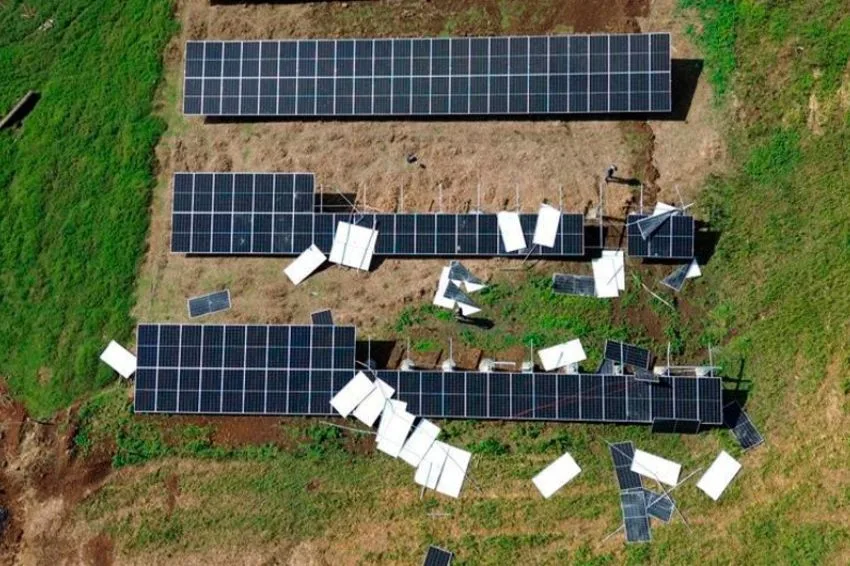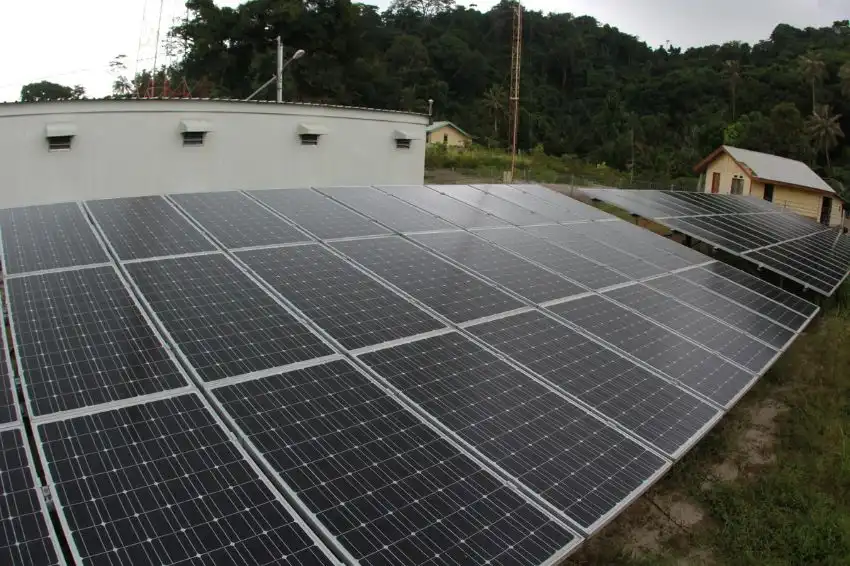In the current debate on the electrical sector, questions arise about the direction we are heading. There are uncertainties regarding the effects of incentives or subsidies on economic signals and the influence of congressional participation in government decisions. ANEEL (National Electric Energy Agency).
This uncertainty is aggravated by the complexity of the sector and the introduction of new technologies. However, it is vital to emphasize that the Free market should not be held responsible for these challenges.
Our difficulty in evaluating the electricity sector is largely due to the dependence on water sources and the complexity in predicting the flow of water for energy generation.
With the reservoirs full, it may seem like a strategic error to increase GC (centralized generation) and DG (distributed generation). However, in periods of water scarcity, this growth is justified as a response to the need to increase energy supply, signaled in 2020 and 2021. Before we delve deeper, it is important to analyze the energy tariff.
The energy tariff, which determines the amount paid by companies or individuals for electricity, is made up of two main components: the TUSD (Distribution System Usage Tariff) and the TE (Energy Tariff).
TUSD is related to energy transport, while TE is linked to the cost of the energy product itself. Currently, customers connected to medium voltage have the option of replacing their TE by purchasing energy directly from a supplier, through Mercado Livre.
The transport component
Energy transportation, carried out through transmission and distribution lines, requires substantial investments.
Transmission is made up of high voltage lines (230 kV or more) and is centrally planned, with execution passed on to the private sector through auctions. Distribution is the responsibility of local concessionaires, with planning and expansion carried out by them.
In transmission auctions, costs are established by competition between investors. In the case of distributors, there is a tariff review process, which is quite complex and takes into account investments and performance to define the tariff.
TUSD also includes losses in energy transportation and measurement, in addition to charges that cover programs, incentives and subsidies in the electricity sector.
Consumers are classified according to connection voltage: low voltage (class “B”) and medium/high voltage (class “A”). This differentiation is important because the cost of assets is divided proportionally to network usage.
High voltage consumers use fewer grid assets, resulting in lower relative costs. Low voltage ones contribute to the cost of assets of all voltages.
In this case, we can see that there is already a smaller bill to be paid by large customers compared to small ones, as the former use the network less. This context is very similar to other markets, for example, a wholesale customer has access to lower relative prices than retail customers.
When a consumer migrates to the free market, they continue to pay the same TUSD and can obtain discounts if they purchase a specific type of energy.
The product component
Regarding the energy product component, there are two charging options: through the distributor or via free market. From 2024, this last option will be available to all consumers connected to high voltage.
For captive customers, energy is charged using the Energy Tariff, the majority of which is defined by contracts acquired by the distributor in energy auctions.
Due to the varied demands of distributors in each auction, the TE value differs between them. Furthermore, this component presents a more predictable variation, as it follows the adjustments stipulated in the auction contracts, which are normally readjusted by the IPCA It is IGPM.
Free market consumers have the freedom to purchase energy directly from generators or through energy traders. They can even put together a portfolio of short, medium and long-term contracts.
Unlike the captive system, the price of energy on the free market is governed by market expectations. Therefore, in the past, there was great volatility in energy prices.
In the last two years, however, thanks to favorable flows for hydroelectric plants, the value has remained low and stable, encouraging the migration of new customers.
This situation of low prices provides favorable conditions for migration, but is no guarantee that it will continue in the future.
An additional factor that influences the feasibility of migrating to the free market is the type of energy purchased by the customer. Purchasing incentivized energy at a discount results in an additional reduction in the TUSD share, contracted demand and peak energy share.
Especially for smaller medium voltage customers, the purchase of incentivized energy at a discount can be quite advantageous.
The dynamics of the expansion of the electricity sector
Power generation is, in fact, the origin of everything in the electrical sector. However, it is energy consumption that really drives the sector. Naturally, to meet this consumption, we need to generate more energy, which leads us to decisions about which source to use and where to generate this energy.
Brazil presents a complex characteristic due to the large concentration of energy demand in the Southeast. Initially, hydroelectric plants were built close to these areas of high demand, taking advantage of yet unexplored water potential.
As time went by, it became necessary to look for more distant potential, which resulted in the expansion of the transmission network.
Later, wind farms emerged, with greater potential in the South and Northeast of the country. More recently, solar energy has gained prominence, especially in North East and in North of Minas Gerais, regions that have the best solar potential.
This evolution has required significant growth in the transmission network in these locations. However, assets are not always utilized optimally, especially in the case of solar energy, where most of the generation occurs over a short period.
An additional challenge is that new renewable sources do not have a effective control over energy generation, unlike what happens with most hydroelectric plants.
The introduction of these new renewable sources was encouraged, mainly through preferential treatment of the energy generated by these projects, classifying it as discounted incentive energy.
This incentive results in a 50% discount on TUSD-G of these projects, in addition to a discount of 50% on some components for the consumer of this energy.
It is worth mentioning that these discounts are paid for by other consumers through the charges account, an aspect that has generated concern among experts in the sector, due to its growth. However, I do not consider this issue a responsibility of the free market, but rather of the policy of expanding renewable sources in our energy matrix.
This policy was and still is fundamental to the growth of these sources. It is important to mention that this incentive has been extinguished for new projects, with a transition established in the rules.
And, furthermore, we can say that this is not the main reason that is driving the migration to the free market, but rather the low prices that are present in the current Mercado Livre scenario, something that will probably not continue in the future.
The natural inflation of sustainability
The world faces rising costs as it seeks more sustainable solutions. This inflation is usually temporary, and once the effort is made, the technology becomes more competitive.
In the electricity sector, we face similar challenges. Initially, investments in more expensive solutions were necessary, but now they are economically competitive. The transition, however, is overshadowed by the long-term nature of the investments and the residual effects of the past.
In short, although it may seem like we are making mistakes in our electricity sector expansion strategy, we are, in fact, on the right path for the global energy transition.
It is essential to anticipate this transition, taking advantage of our potential. We need to prepare and act now to reap future benefits.
The increase in costs is not the fault of the free market, but rather of the generation growth strategy, which will bring benefits not only to Brazil, but to the global energy sector.
Although the title proposes an in-depth analysis of the electricity sector, I fear that it was just the tip of the iceberg, given the great complexity that the topic involves, however I hope to have unraveled a little more the iceberg that we are seeing and what reflections should be present in this deeper analysis.
The opinions and information expressed are the sole responsibility of the author and do not necessarily represent the official position of Canal Solar. If you are interested in collaborating or reusing some of our material, we ask that you contact us via email: [email protected].















